Tarantula Care How-To Introduction
Bringing a tarantula into your home can be an exciting experience. These fascinating creatures are relatively low-maintenance pets, but their unique needs require specific care. This ultimate guide will walk you through everything you need to know about tarantula care, from selecting the right species to providing a comfortable habitat and ensuring their health. Whether you’re a seasoned reptile enthusiast or a curious beginner, this guide provides the essential information to help you become a responsible and successful tarantula owner. The world of tarantulas is diverse and captivating, and with the right knowledge, you can provide a thriving environment for your new pet.
Choosing Your Tarantula
The first step in tarantula care is selecting the right species for your lifestyle and experience level. Not all tarantulas are created equal; some are more docile and beginner-friendly, while others require more specialized care. Research different species to understand their specific needs, including their temperament, size, and environmental requirements. Consider factors like your living space, the time you can dedicate to care, and your comfort level with handling. Some popular and relatively easy-to-care-for species include the Chilean Rose Hair tarantula and the Pinktoe tarantula. Always acquire your tarantula from a reputable source to ensure it’s healthy and ethically sourced. A healthy start is crucial for the long-term well-being of your pet.
Selecting a Healthy Tarantula
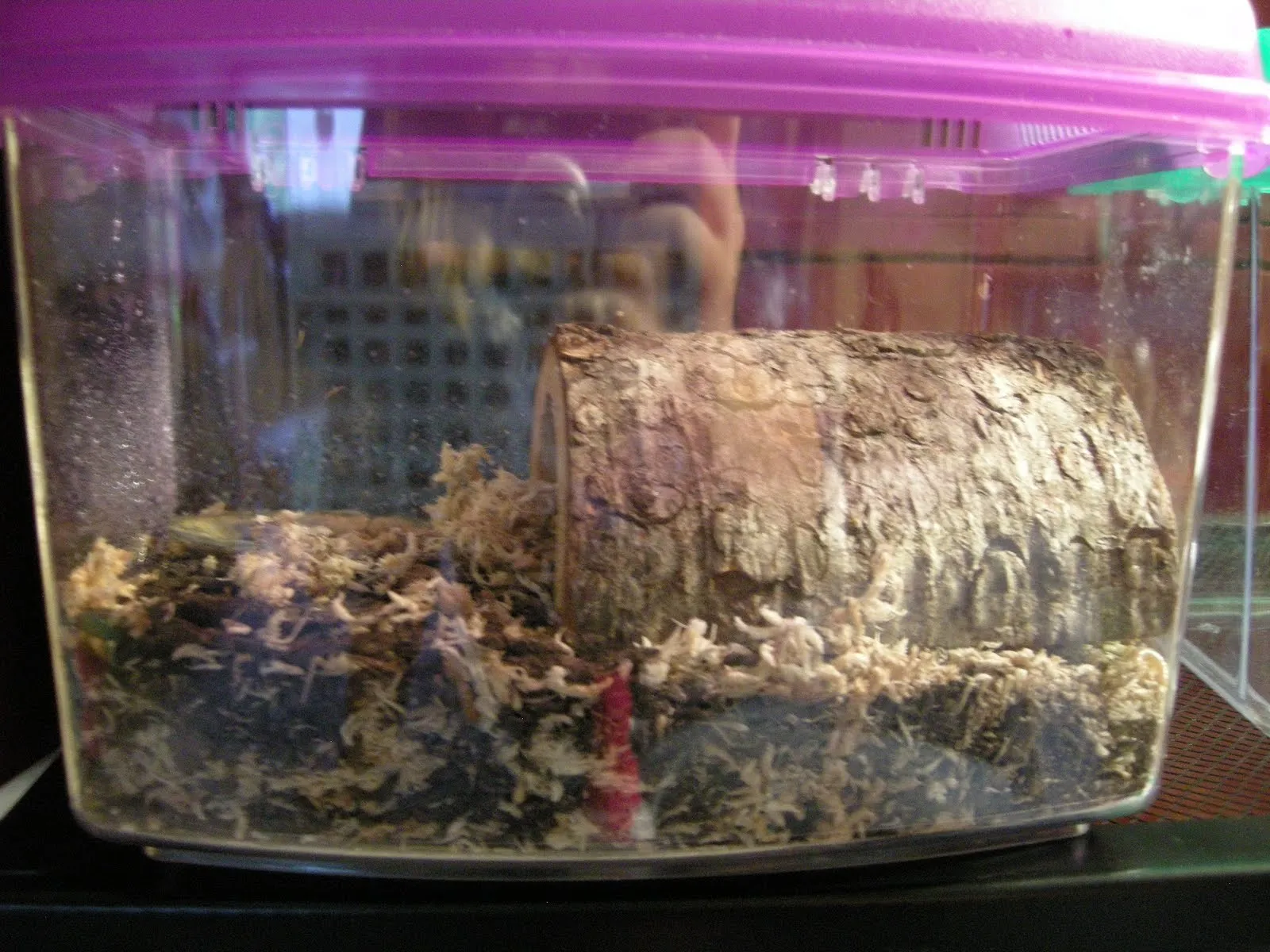
When selecting your tarantula, observe its physical condition closely. Look for a tarantula that is alert, active, and has a well-rounded abdomen. Avoid tarantulas that appear lethargic, have a shrunken abdomen (which could indicate dehydration or starvation), or have any visible injuries. The legs should be intact and move freely. Check for any signs of parasites or mites, which can be detrimental to the tarantula’s health. A healthy tarantula will typically have a glossy carapace (the top shell of the cephalothorax) and show an active interest in its surroundings. If possible, ask the seller about the tarantula’s feeding habits and history.
Considerations Before Purchase
Before bringing your tarantula home, prepare its enclosure in advance. This includes selecting the appropriate size, substrate, and décor. Research the specific needs of your chosen species to provide the best environment. Consider the long-term care requirements, as tarantulas can live for many years. Ensure you have a reliable source of food, such as crickets or roaches, and the necessary supplies to maintain the enclosure. It’s also important to understand the legal regulations regarding tarantula ownership in your area. Preparing ahead of time ensures a smooth transition for your new pet and sets you up for success in tarantula care.
Setting Up the Perfect Tarantula Enclosure
Creating the perfect habitat is crucial for your tarantula’s well-being. The enclosure should mimic the tarantula’s natural environment, providing a safe and comfortable space. Proper setup involves selecting the right size, substrate, and décor, as well as controlling temperature and humidity. A well-designed enclosure not only enhances the tarantula’s quality of life but also allows you to observe its behavior and enjoy this fascinating pet. Investing time and effort in the enclosure setup is an investment in your tarantula’s health and happiness. With the right setup, you can create a thriving environment for your tarantula to flourish.
Enclosure Size and Ventilation
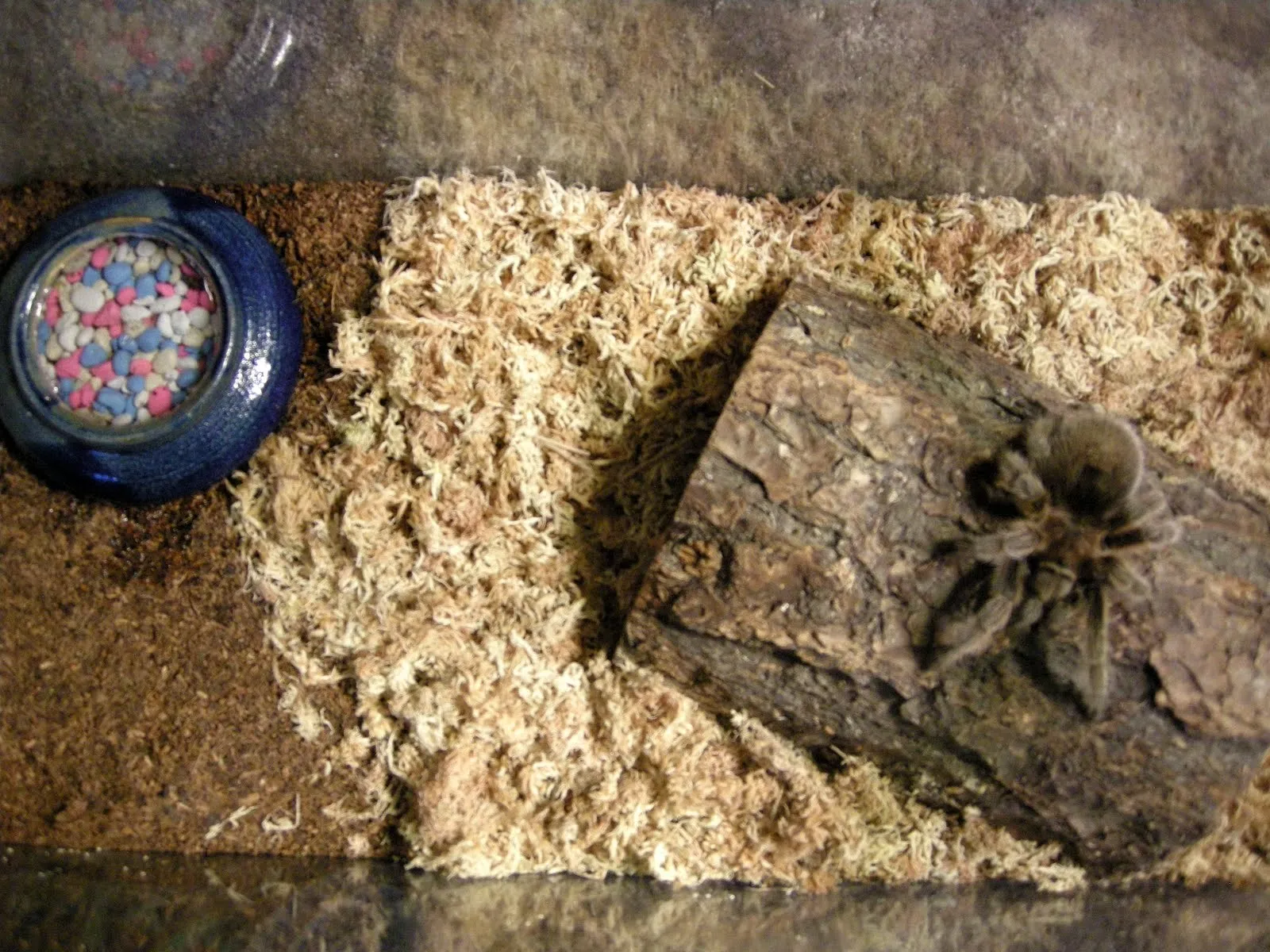
The size of the enclosure should be appropriate for the tarantula’s size and species. A general guideline is that the enclosure should be at least twice the tarantula’s leg span in width and length, and the height should allow for adequate substrate depth and climbing space, if applicable. Ventilation is also essential to prevent the buildup of mold and maintain air quality. Ensure the enclosure has adequate ventilation holes, usually located on the sides or top, but make sure they are small enough to prevent the tarantula from escaping. The type of enclosure can vary, with options including glass terrariums or plastic containers, but ensure the chosen enclosure provides a secure and safe environment.
Substrate and Decor
The substrate is the bedding material that covers the bottom of the enclosure. The choice of substrate depends on the species, with options including coconut fiber, peat moss, or a mixture of both. The substrate should be deep enough for the tarantula to burrow if it is a terrestrial species. Decor adds enrichment and provides hiding places for the tarantula. This can include cork bark, artificial plants, and other natural elements. Ensure the décor is clean and safe, avoiding anything that could harm the tarantula. A well-decorated enclosure provides a stimulating environment that encourages natural behaviors, adding to the overall well-being of your pet.
Temperature and Humidity Control
Temperature and humidity are critical factors in tarantula care. Research the ideal temperature and humidity range for your specific species. Temperature can often be maintained through ambient room temperature, but a heat source, such as a heat mat or ceramic heat emitter, might be needed for some species. Humidity can be maintained by misting the enclosure with water. Use a hygrometer and thermometer to monitor conditions regularly. Proper temperature and humidity levels support the tarantula’s health, encourage molting, and promote a comfortable environment. Maintaining these parameters is crucial for the long-term well-being of your tarantula.
Feeding Your Tarantula
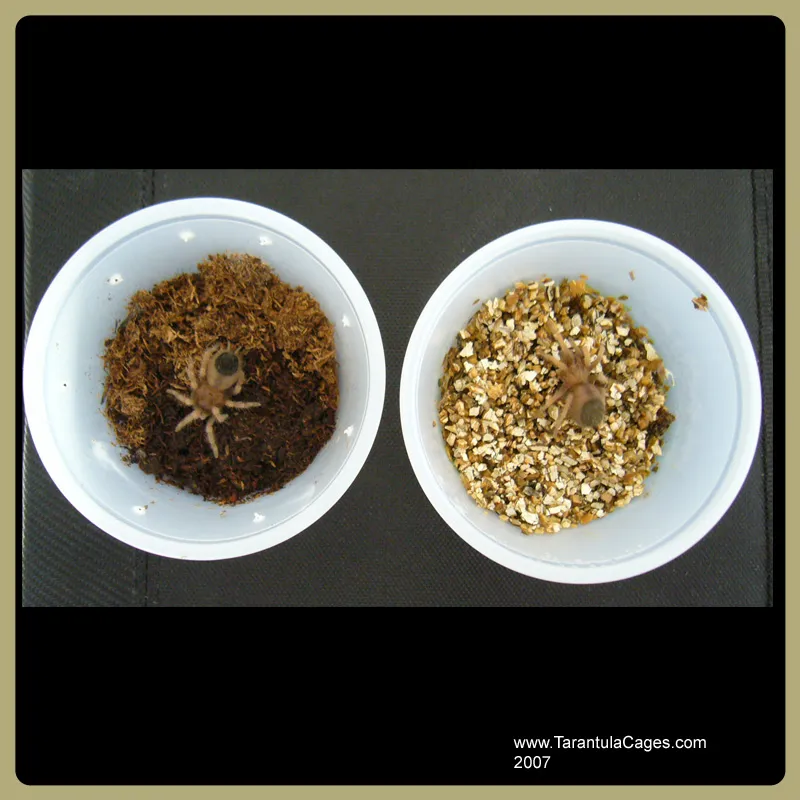
Feeding your tarantula properly is a fundamental aspect of tarantula care. Understanding what tarantulas eat, how often to feed them, and how to provide water are essential for keeping your pet healthy and thriving. The diet and feeding frequency of your tarantula will vary depending on its species, age, and size. Providing the correct diet and consistent access to fresh water will help your tarantula grow and live a long, healthy life. Proper nutrition is essential for growth, molting, and overall vitality.
What Tarantulas Eat
Tarantulas are primarily insectivores, meaning their diet consists mainly of insects. Common food sources include crickets, mealworms, roaches, and other insects readily available at pet stores. The size of the prey should be appropriate for the tarantula’s size; generally, the prey should be no larger than the tarantula’s body. Pre-killed prey is often recommended to avoid the risk of injury to the tarantula. Variety in the diet can be beneficial, offering different types of insects to provide a wider range of nutrients. Always ensure the insects are gut-loaded with nutritious food before feeding them to your tarantula, as this will provide the tarantula with essential vitamins and minerals.
Feeding Frequency and Techniques
The feeding frequency depends on the age and size of the tarantula. Spiderlings and juveniles typically need to be fed more often than adults. Young tarantulas may eat once or twice a week, while adults might eat once every one to two weeks. Observe your tarantula’s behavior and appetite to determine its feeding schedule. Remove any uneaten food within 24 hours to prevent the buildup of mold and maintain the cleanliness of the enclosure. Feeding techniques include placing live prey in the enclosure or offering pre-killed prey with tongs. Always provide a fresh water source after feeding.
Providing Water
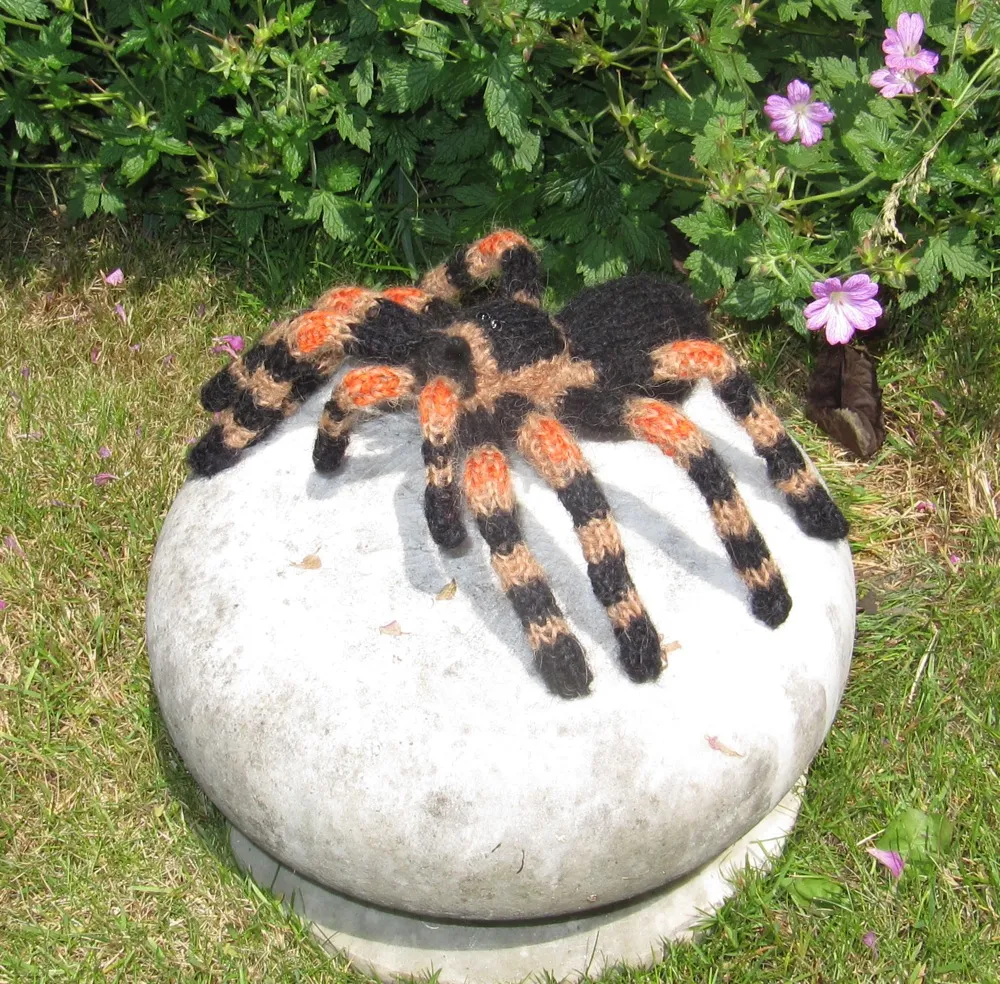
Access to fresh water is critical for the tarantula’s health and hydration. Provide a shallow water dish, such as a bottle cap, or a water source in the enclosure. Change the water regularly to keep it clean and prevent bacterial growth. Some species also benefit from a slightly higher humidity level, which can be achieved by misting the enclosure with water. Monitor the water level and ensure your tarantula always has access to fresh, clean water to stay hydrated and healthy. Water is just as important as food for survival.
Handling and Safety
Handling a tarantula should be approached with caution, as even docile species can bite if they feel threatened. Understanding safe handling practices and recognizing signs of aggression is essential for both your safety and the well-being of the tarantula. Minimizing handling is generally recommended, but if you must handle your tarantula, it should be done carefully and with consideration for the tarantula’s comfort and safety. Always prioritize the safety of yourself and your pet during interactions.
Safe Handling Practices
If you choose to handle your tarantula, do so gently and slowly. Avoid sudden movements or loud noises that could startle the tarantula. Handle the tarantula over a soft surface, such as a bed or carpet, to minimize the risk of injury if it falls. Support the tarantula’s body and legs with your hands, allowing it to move at its own pace. Wash your hands thoroughly before and after handling, and avoid using hand sanitizers or lotions, which can be harmful. Supervise children closely when they are interacting with tarantulas.
Recognizing and Avoiding Aggression
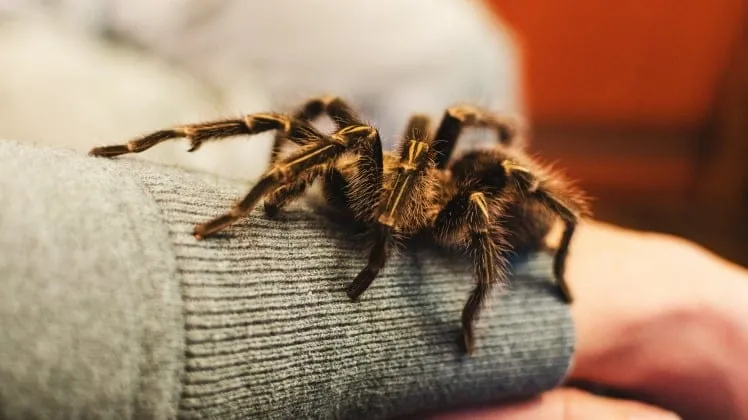
Tarantulas exhibit behaviors that indicate their mood. A tarantula may raise its front legs, display its fangs, or flick hairs (urticating hairs) from its abdomen as a defensive mechanism. These are all signs that it is feeling threatened and should not be handled. If a tarantula shows these signs, it is best to leave it alone. Respect the tarantula’s space and avoid any actions that could provoke it, such as sudden movements or loud noises. By understanding the tarantula’s body language, you can avoid potential bites and create a more positive relationship with your pet.
Health and Common Issues
Maintaining the health of your tarantula involves recognizing potential health problems and providing appropriate care. Understanding the common issues that can affect tarantulas, such as parasites, mites, and molting problems, will help you respond quickly and effectively to ensure the health of your pet. Regular observation and preventative measures are essential for promoting a long and healthy life. Being proactive with health care can help prevent more serious health issues down the line.
Identifying Potential Health Problems
Regularly inspect your tarantula for any signs of illness. Common signs of illness include lethargy, loss of appetite, a shrunken abdomen, and unusual behavior. Look for mites, which can appear as tiny moving specks on the tarantula’s body. Parasites can also be a problem. If you notice any of these signs, consult with a veterinarian or experienced tarantula keeper immediately. Maintaining a clean and appropriate environment is crucial for preventing health issues. Quarantine any new tarantulas before introducing them to existing pets to prevent the spread of diseases.
Molting Process and What to Expect
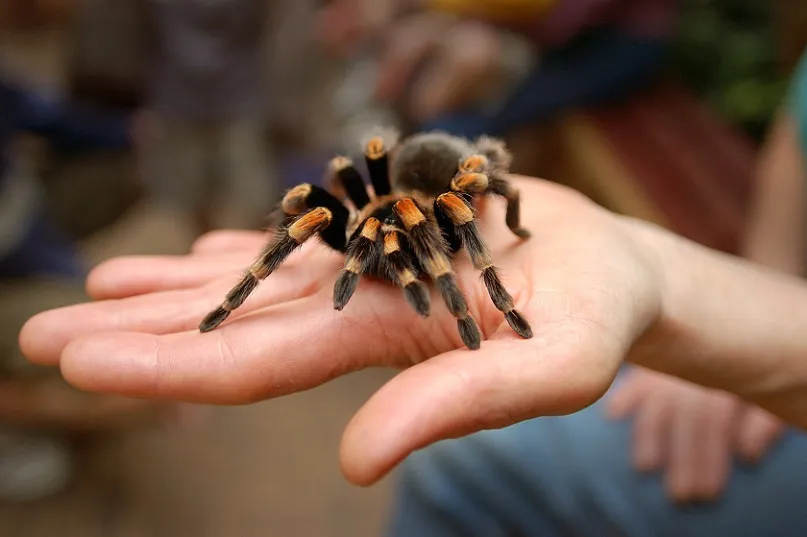
Molting is a natural process where tarantulas shed their exoskeleton to grow. During molting, the tarantula may stop eating and become less active. Create a calm and humid environment to support the process. Avoid handling the tarantula during this time. Once the molt is complete, the tarantula will be vulnerable and may take some time to regain its full strength. Provide extra care during this period by avoiding disturbance and offering food only after its fangs have hardened. Understanding the molting process is essential for ensuring the health and well-being of your tarantula, as this is a critical step in their lifecycle.
Tarantula Care How-To Conclusion
Caring for a tarantula is a rewarding experience. By following this ultimate guide and providing proper care, you can create a comfortable and thriving environment for your pet. Remember to research your specific species, maintain a suitable habitat, and observe your tarantula’s behavior regularly. With patience, dedication, and a genuine interest in your pet’s well-being, you can enjoy a fascinating and long-lasting relationship with these incredible creatures. Enjoy the journey of tarantula ownership, and always prioritize your pet’s health and happiness.
